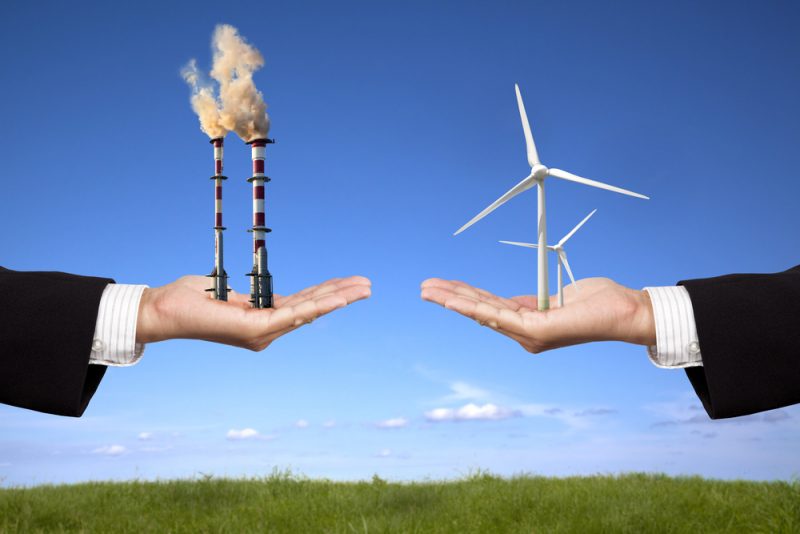American Electric Power announces its clean energy strategy

American Electric Power (AEP) released Tuesday a report outlining a business strategy that the company says will lead to a decrease in carbon dioxide emissions from its power plants of 60 percent from 2000 levels by 2030 and 80 percent from 2000 levels by 2050.
AEP’s Strategic Vision for a Clean Energy Future 2018 includes new carbon dioxide emission reduction goals, increased use of natural gas generation, energy efficiency programs and increased investments in renewable resources, advanced technologies, and transmission and distribution system efficiency.
“AEP is focused on modernizing the power grid, expanding renewable energy resources and delivering cost-effective, reliable energy to our customers,” Nicholas K. Akins, AEP chair, president and CEO said. “Our customers want us to partner with them to provide cleaner energy and new technologies while continuing to provide reliable, affordable energy. Our investors want us to protect their investment in our company, deliver attractive returns and manage climate-related risk. This long-term strategy allows us to do both.”
AEP’s plans to add 3,065 megawatts (MW) of solar generation and 5,295 MW of wind generation to its portfolio by 2030. The company’s largest planned renewable energy investment is the $4.5 billion, 2,000-megawatt Wind Catcher Energy Connection project in Oklahoma, which, if approved, would be the largest contiguous wind farm in the United States. AEP also plans to invest approximately $1.2 billion in contracted renewables and renewables integrated with energy storage between 2018 and 2020.
The strategy also includes approximately $13 billion over the next three years in transmission and distribution system investments.
AEP’s generation capacity is currently 47 percent fueled by coal as opposed to 70 percent in 2005. The company’s natural gas capacity is currently 27 percent compared to 19 percent in 2005, and its renewable generation capacity is currently 13 percent compared to four percent in 2005.
“This transition to a more balanced resource portfolio will help mitigate risk for our customers and shareholders alike and ensure a more resilient and reliable energy system into the future,” Akins said.
